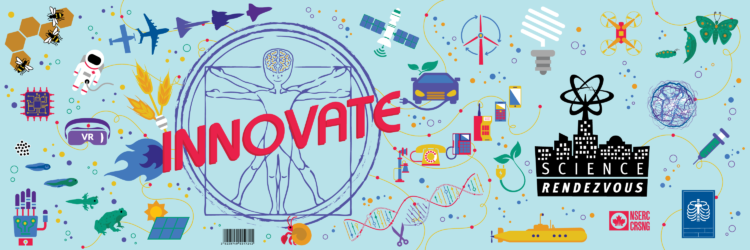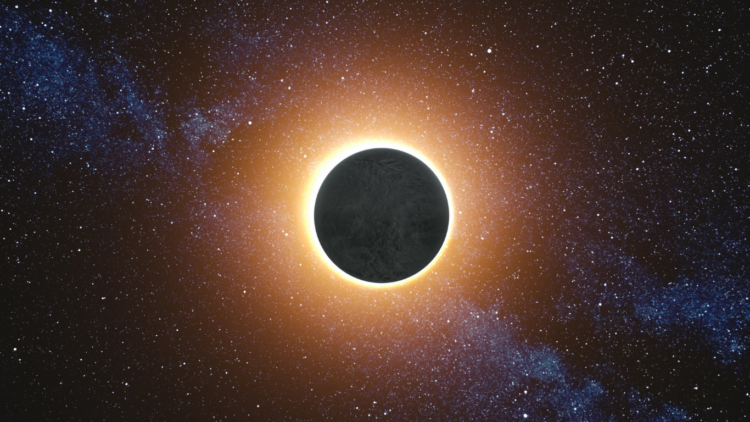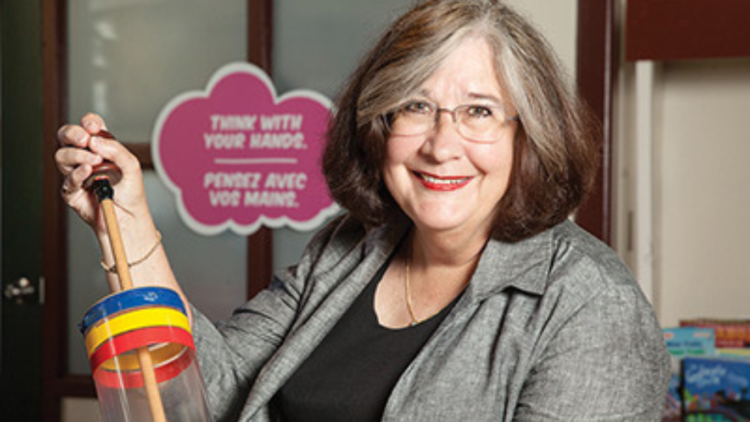What better way to STEAM Green than to celebrate Black Botanists Week? The inaugural Black Botanists Week on July 6-11 was organized by Tanisha Williams, Nokwanda Makunga, Georgia Seamans, Rupert Koopman, Maya Allen, Morgan Halane, Brandi Cannon, Jade Bleau, Natasza Fontaine, Beronda Montgomery, Tatyana Soto and Itumeleng Moroenyane. We had the pleasure of speaking with Itumeleng Moroenyane, a South African plant ecologist living and studying in Montreal, Canada, about Black Botanists Week and his own journey in botany.
This week of celebration was created to promote, encourage, and create a safe space for Black people, and even BIPOC (Black, Indigenous, People of Colour) who love plants. After all, botany is an increasingly diverse field! Each day on social media focused on a different aspect of plant-loving: Monday featured #BlackBotanicalLegacy, Tuesday showcased #PlantInteractions with other forms of life through photos, videos and facts, Wednesday celebrated #BlackPlantLove with stories and poems, Thursday went on Instagram live with #BotanizingWhileBlack, and Friday was #PlantAppreciation. Black Botanists Week ended with exploring the natural world while “paying tribute to those whose land we walk upon” with #BIPOCinNature and #DiverseCommunitiesAreStrongCommunities.
Sparking from Black Birders Week back in early June, there is a larger movement in science of addressing the lack of diversity and representation, particularly of Black people and other people of colour. As Moroenyane says, “We know [about it], right? So now it’s actually time to do something about it.” The main draw for him was seeking a sense of community, in which he is not alone and “recognizing that now more than ever, it’s time to step back and show people, you’re not the only person who looks this way and does this amazing job.”
Growing up in South Africa as apartheid ended, Moroenyane’s penchant for biology meant he thought he would become a doctor. But two weeks into medical school, he discovered it wasn’t for him. Confused, he searched for representation, looking for which department would be more friendly towards him. He fell in love with marine biology but as it turned out, he would get terribly seasick. Turning to botany, he discovered, more than just pointing out what a rose or grass was, that it was more hands-on. Simply walking out the door presented his class with their subject. “That, for me, was the hook, that I could go outside and actually see what I’m studying in the textbooks, but also, to have a different relationship with plants, where we realize they’re not these helpless things just sitting there in silence, photosynthesizing,” says Moroenyane, “There is so much more that they do!”
Now, Moroenyane is doing his PhD in Canada on how plant-microbe interactions can be modelled and engineered to produce crops that withstand or resist stress, a topic that sits in the intersection of plant breeding and microbiology. Focused on soybeans, Moroenyane models ecological processes to help select the best crops for the environment and advise farmers on crop management to prevent losses and minimize use of pesticides and herbicides.
His fascination with how plants survive, especially in inhospitable environments, is evident – “Plants are the most resilient organism!” he exclaimed, subsequently revealing his sustaining interest in desert plants. But his research career has been diverse, while always seeing how far he can push plants in his experiments.
It started with plant physiology in his undergraduate research, studying the plant response to nitrogen stress and the mechanisms of how plants survive stress. When Moroenyane moved onto his Master’s research, he noticed one of the missing links in plant conservation and his undergraduate training–the importance of soil. So he delved into microbiology to answer the question: what’s in the soil that keeps plants alive? “What, no one told me this! Plants do this?!” was his response when he realized that the plant immune response is a subset of the microbiome of fungi, bacteria and plants. The soil community essentially influences what type of plants can survive there.
Putting plants in X-ray machines and blasting them with gamma rays have revealed one of the most interesting things he found in his current research. Without the capacity to assemble a functional community of fungi and bacteria to complement their immune response, plants are unable to survive any environment, even a growth chamber with all the necessary nutrients. This led Moroenyane to understand how botanists are helping to feed the world, something that he is very passionate about.
Sharing his story, Moroenyane wants to “demystify this linear trajectory to being a scientist.” His advice for aspiring botanists is to find what you’re really passionate about and just do it! There isn’t a textbook ladder to success because there are so many different things to do and in so many different ways. He advocates for taking the time to enjoy the research to discover what you’re most curious about, and to recognize that “this is what you do, this is not who you are.” Collaboration is also critical–as more questions arise, we need to work with people we wouldn’t normally work with. “We can’t exist on our own anymore,” says Moroenyane, as he recalls working with someone whose expertise was in lasers to conduct an experiment. “Your findings may be the answer to someone else’s problems in a different field.”
Black Botanists Week is a movement of a community coming together, and Moroenyane says, “This is what makes science work.” It has shown the incredible diversity in the field – not only of the botanists themselves, but also the many facets that exist within botany itself. “We’re not only highlighting the presence of Black people and people of colour, but also the amazing work they’re doing.” People are sharing work that has not yet been published and ideas that are not yet commonplace within the field. It’s a look into where the field of botany may be going and presents opportunities for networks and interactions. Moroenyane says he has really enjoyed interacting with everyone participating in Black Botanists Week and is now following people he would not have followed before. He is also looking forward to future collaborations with these newfound connections.
Black Botanists Week’s purpose is to begin and engage in these conversations. The movement invites us to sit and listen to these stories, and interact with people sharing their stories. “Be engaged, be there and be present.” Make sure to search #BlackBotanistsWeek on Twitter and Instagram to see all the amazing posts and learn more on their website!
We would like to thank Tanisha Williams for connecting Science Rendezvous with the wonderful Itumeleng Moroenyane.
For further reading:
Racism in academia: https://www.theverge.com/21286924/science-racism-strike-stem-black-lives-matter-protests
Superior by Angela Saini, a book that acknowledges the role sciences and academia has played in creating and cementing racist systems: https://www.amazon.ca/Superior-Return-Science-Angela-Saini/dp/0807076910
Black Lives Matter Canada: https://blacklivesmatter.ca/



































